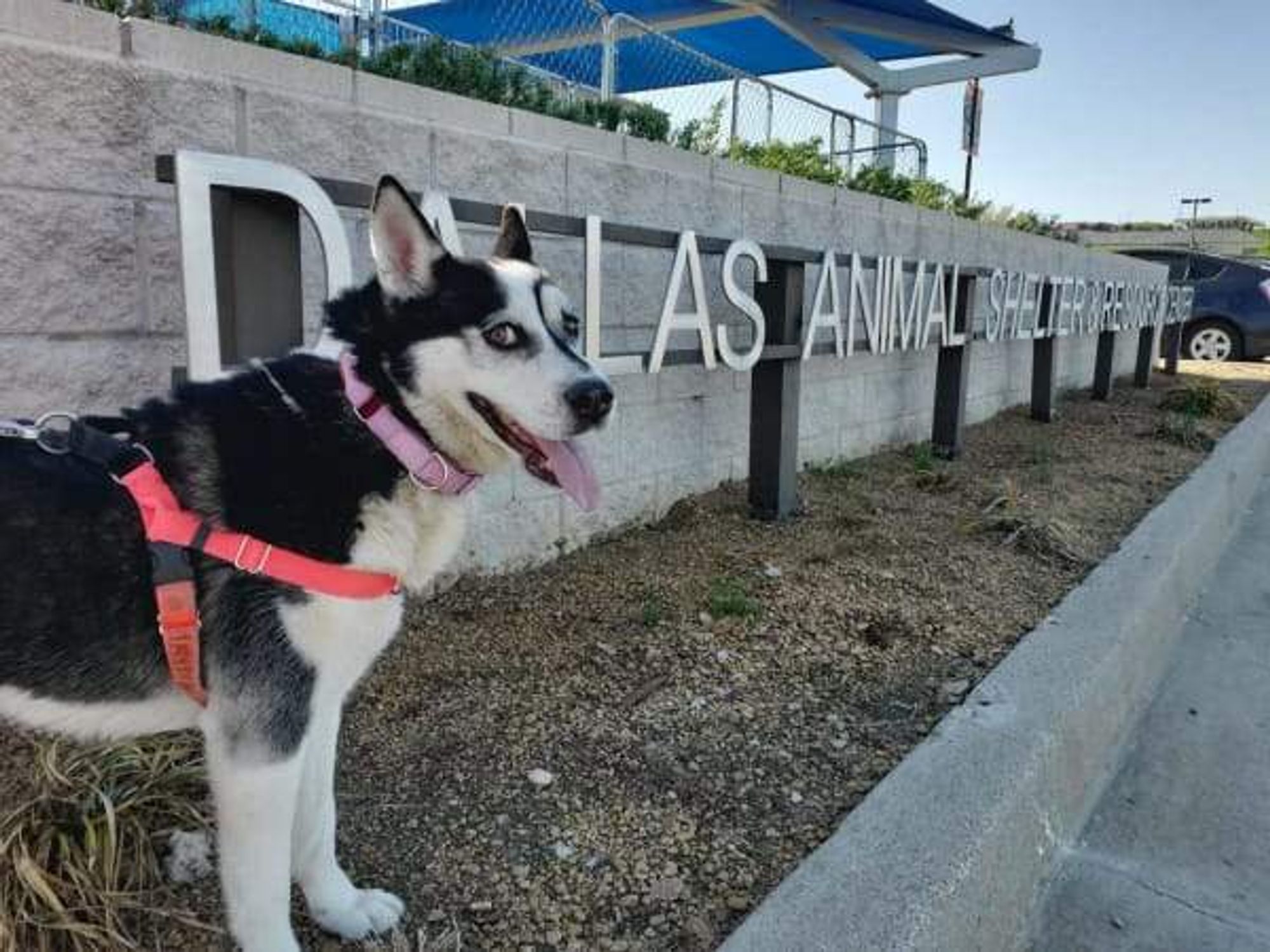Charity Profile
Trinity Trust aims to transform Dallas with city's most ambitious project
J.T. Oren, an East Dallas resident who grew up paddling a canoe through the Trinity River waters with his dad and granddad, is now sharing the same legacy of land and waterway stewardship with his own kids. And he looks forward to sharing an even greater Trinity experience with his future grandchildren, thanks to the forward thinkers who have established the Trinity Trust.
Imagine kayaking along a terrace of swirling rapids, right in the shadow of downtown Dallas, or working with SMU student engineers to build a replica of Santiago Calatrava’s iconic bridge. Or, better yet, enjoy a Trails & Ales event that starts with a walk along the Trinity Corridor and ends with cocktails overlooking the city skyline.
The Trinity Trust is committed to connecting Dallasites to the beautiful 20-mile swath of nature that runs through the “City on the Trinity.” Through private fundraising, the trust supports the reclamation and preservation of the area’s largest waterway as well as the development of recreational, commercial and transportation opportunities.
Vote now for Trinity Trust — or any of the other worthy local nonprofits — in the CultureMap Charity Challenge.
---
Briggs Freeman Sotheby’s International Realty supports the vision of the Trinity Trust, a catalyst for bringing together the neighborhoods, people and natural resources of Dallas.


